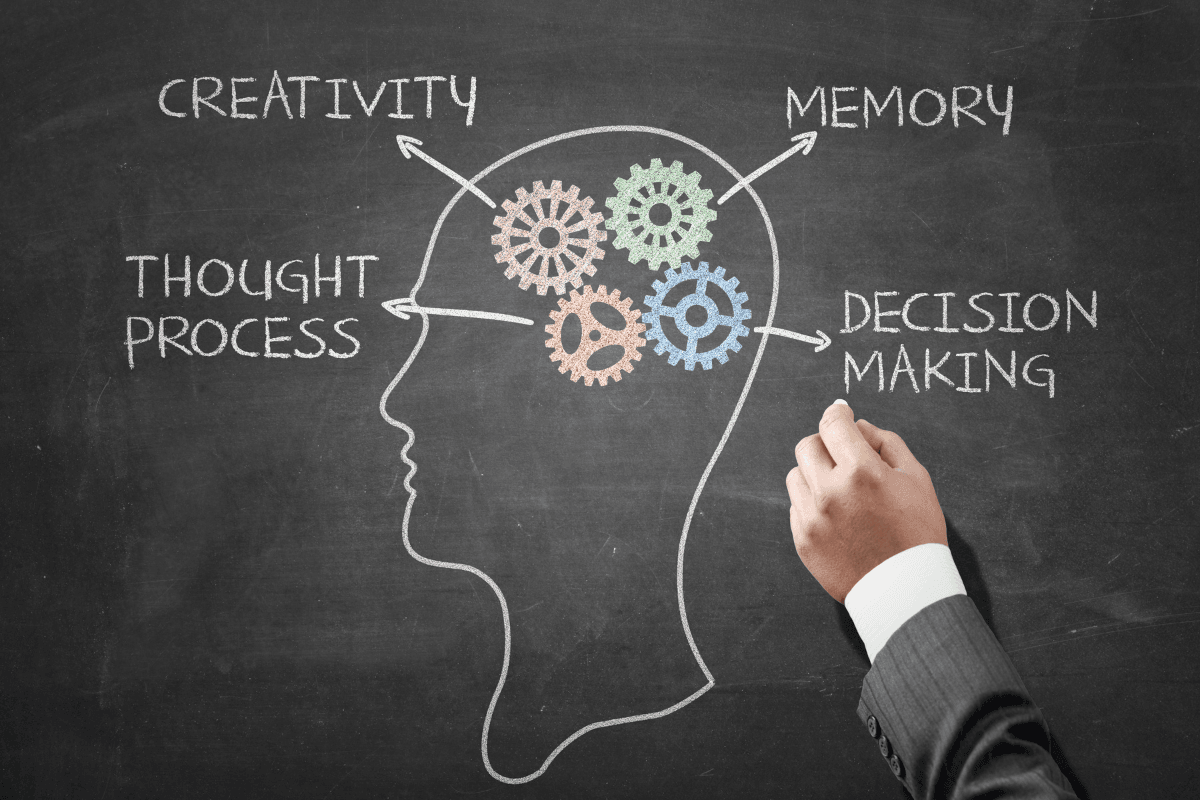Presence has become one of the most powerful yet overlooked leadership skills of our time. Neuroscience now confirms what many great leaders have long understood: when you are fully present, being attentive, calm, and self-aware, you elevate the people around you. Engagement, creativity, and performance all rise when a leader’s attention is steady and genuine.
At its core, presence is about the quality of attention you bring to each moment. Research shows that when leaders are distracted or reactive, their teams often mirror that behavior through emotional contagion. In contrast, when a leader is grounded and genuinely curious, others feel that steadiness and safety. The result is greater trust, collaboration, and innovation.
Mindful leadership isn’t just a wellness trend. It’s a strategic advantage grounded in neuroscience. Below are five simple ways to strengthen your leadership presence and inspire peak performance.

1. Train Your Attention
The prefrontal cortex, the part of the brain responsible for focus and decision-making, becomes stronger with consistent mindfulness practice. Just five minutes a day of intentional focus or quiet reflection can reduce mental clutter and sharpen clarity.

2. Lead with the Body
Your nervous system communicates before your words do. Before a meeting or meaningful conversation, take a few slow breaths and relax your shoulders. This small reset signals calm and confidence, helping others feel at ease and ready to engage.

3. Listen to Connect, Not Correct
True presence begins with genuine listening, tuning in fully. When you give others your full attention; tone, emotion, and body language included, you activate empathy and trust. Resist the urge to fix or respond too quickly. Listen to understand.

4. Model Mindful Transitions
Between tasks or meetings, pause briefly. This is an excellent way to switch contexts and bridge to the next issue at hand. These small breaks give your brain space to recover, reduce reactivity, and enhance flexibility.

5. Anchor Purpose in Every Interaction
The human brain thrives on meaning. When you connect conversations and goals to a larger sense of purpose, motivation and engagement naturally grow.
As a leader, when you practice presence, you don’t just manage tasks; you inspire transformation. In a distracted world, presence may be the most valuable leadership skill of all. Reach out to us today for executive coaching and to learn more about our leadership development program!









